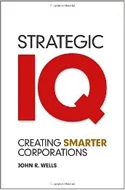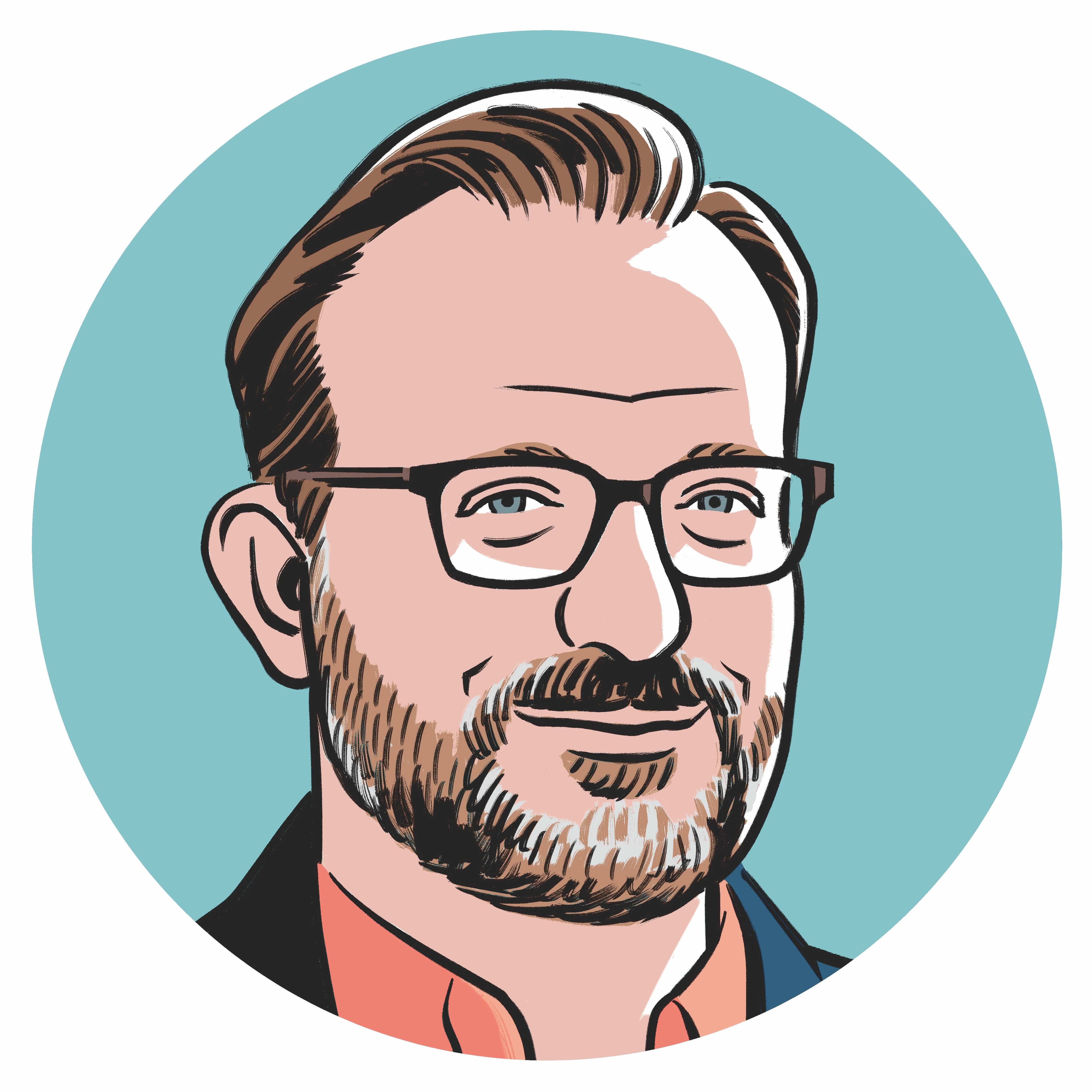Sometimes when John R. Wells, a professor of management practice at Harvard Business School, meets a senior manager from a successful company, he likes to ask the provocative question, "Is your company already dead?"

In a new book, Strategic IQ: Creating Smarter Corporations, Wells collects case studies from companies that have learned this lesson—some of them the hard way—and explains how all companies can strategize more intelligently.
Michael Blanding: Why did you decide to write a book about strategy?
John R. Wells: We live in a world where we laud great, successful companies and then watch them suddenly collapse. When they do fail, it's incredibly disruptive to employees, shareholders, and communities. I was intrigued by this common problem, and I wanted to take a look at pairs of successful companies where one collapsed and the other didn't. I wanted to essentially use history as a research tool to understand why some succeeded on an ongoing basis and others failed.
Q: What do you mean by the term "strategic intelligence," and why is it so important?
A: I define strategic intelligence as the capacity to adapt to changing circumstances, as opposed to blindly continuing on a path when all the signals in your competitive environment suggest you need to change course.
When I've looked more carefully at why companies fail, oftentimes they see a problem but their structure gets in the way. They've invested in assets—which could be physical assets, people assets, or relationship assets—that they find difficult to change and that creates a structural inertia. Ultimately, it's the people in a company who are intrinsic to both developing and executing good strategy, so I called that capacity "strategic IQ" to emphasize that only by looking at our individual and social behaviors can we measure how effectively we adapt.
Q: Why do you say the goal of a business is to achieve superior sustainable performance?
I wanted to take a look at pairs of successful companies where one collapsed and the other didn't.
A: By performance, I mean return on investment; by superior I mean more value than your competitors. If you create more value than your competitors over time, then you will attract more investment in a virtuous circle that makes you more sustainable in the long term. Unlike human beings, whose time on this planet is finite, companies have the capacity to continue and create institutions that fulfill obligations to constituencies for many years, so the focus of corporations should be on the very long run rather than simply on the short run.
Q: You were a strategic consultant for many years, yet you argue that companies shouldn't rely on consultants to develop their strategy. Why is that?
A: It's a good idea for companies to seek out support in developing strategy, but not to delegate responsibility to an outside consultant. My thesis is you should be continuously developing your strategy—it's not a one-shot deal. Most companies use consultants to set a new strategy and then get on with it and start executing—until the next time they need a new strategy.
Q: How can a company always be changing without creating chaos or overwhelming employees?
A: Let me give you an example. Danaher, a company in the United States, identifies the final strategic imperatives it is trying to achieve and then translates them into action plans. At the end of each month the management team steps back and says, "Do our strategic imperatives make sense, and how can we do even better than we are doing based on our current strategy." Companies think strategic change is this huge process they have to go through. But if you regularly review what you are doing, then that keeps the tasks from getting bigger and bigger to the point where it gets overwhelming.
Q: You cite Circuit City as a classic case of strategic inertia. What did it do wrong?
A: In the 1980s Circuit City discovered a good business model and started rolling it out across the United States. The company was growing very, very fast-20 to 30 percent a year. Best Buy, which was doing more or less the same thing, was getting killed. So in the late 1980s, Best Buy decided to introduce a new deep-discount business model that eliminated a lot of labor costs and storage space.
For the next 10 years, Circuit City ignored this despite the fact that it gave Best Buy a 10 percent cost advantage. Circuit City expressed concern in its annual reports for a decade, but never did anything about it. By 2000, its profits had collapsed, and at that point it was impossible to do anything about it until the company finally went bankrupt in 2009. That's why I always say profits and sales will continue to grow long after you've caught the disease; but the time it starts to show it's often too late.
Q: How can strategic business components help companies be more flexible in their strategies?
A: For many years, companies have recognized that small units are far more effective than large units. I think the explanation for that is in human behavior. There is interesting research that humans are able to self-organize and become very effective without formal bureaucracy in units of up to 100 to 150 people. If you can create components and then effectively create bridges between them and instill a common human purpose then you are leveraging natural human behavior rather than trying to suppress it with systems and procedures that fly in the face of the way we naturally operate.
Q: In the book, you delve heavily into the fields of sociology, behavioral psychology, and even neuroscience. What made you interested in these areas?
A: One fundamental belief I have is that you can't separate strategy formulation from strategy implementation. You can't discuss changing strategy unless you are ready to discuss what makes people resist change and what part people could potentially play in creating more adaptability in an organization. The people on the front line of an organization are often the first ones to see that change is required. It takes ages for that message to reach the top management, and then it takes a response ages to get back down to the front line and by then it's maybe too late.
I wanted to try and understand why some structures work more or less efficiently, so I said let's look at other disciplines to see what light they cast on what's going on with the way people's brains evolved and how they operate.
Q: Throughout the book, you highlight companies such as Capital One, Whole Foods, and Li & Fung as examples of high strategic intelligence. What do they have in common that makes them successful?
A: If I had to summarize very quickly, I'd say they have a pretty clear strategy, but they are not satisfied with it. They are always trying to improve it and look for alternative ways of playing the game. So it's an issue of not being satisfied and also being creative. On the structural side, they have very adaptive organizations, and on the people side, strategic intelligence is distributed throughout the organization. So they typically have structures that support such adaptive behavior, they seek out people who are open to change, and then they encourage them to change continuously.
